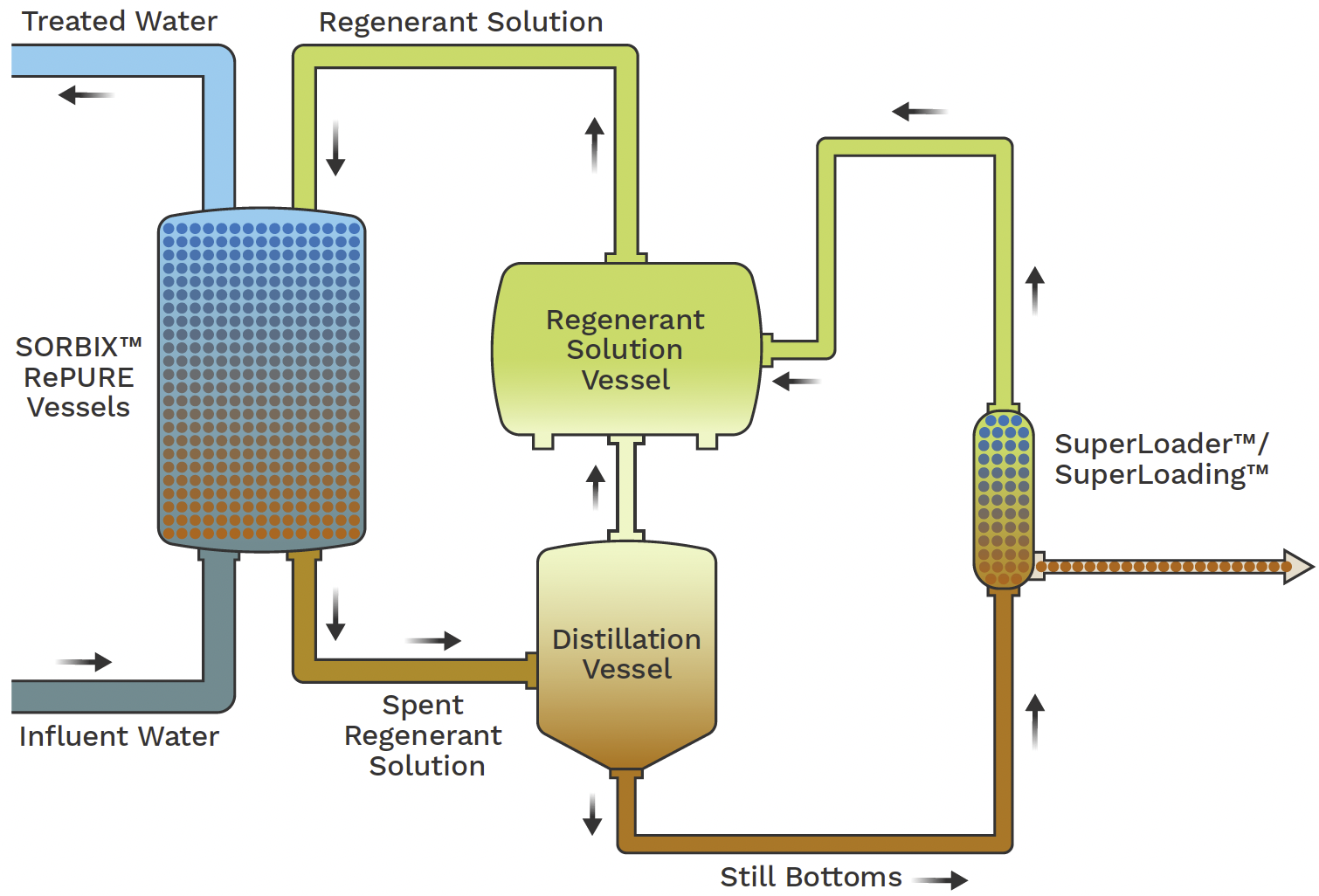Comprehensive PFAS Management in Agricultural Areas
Cutting-edge PFAS Treatment Solutions for Safer Water
The raising prevalence of PFAS contamination in water supplies demands a critical evaluation of cutting-edge treatment remedies. Additionally, emerging bioremediation methods provide a more sustainable approach to tackling PFAS difficulties. pfas management.
Review of PFAS Contamination
PFAS contamination has actually become a considerable environmental and public health and wellness issue. Per- and polyfluoroalkyl materials (PFAS) are a team of synthetic chemicals recognized for their persistence in the environment and human body, leading them to be generally referred to as "for life chemicals." These substances have been commonly utilized in numerous sectors, including firefighting foams, water-repellent textiles, and food product packaging, primarily because of their water- and grease-resistant residential properties.
The extensive use PFAS has actually caused their discovery in dirt, water products, and also in the blood of people and animals. Research studies have actually connected PFAS direct exposure to numerous health problems, including developing effects in babies, immune system dysfunction, and different types of cancer. Additionally, the environmental persistence of these substances complicates their degradation and elimination, elevating concerns regarding long-term eco-friendly impacts.
Regulative bodies are progressively implementing strict standards to check and reduce PFAS degrees in drinking water and various other ecological mediums. As awareness of PFAS contamination expands, it has actually come to be crucial for communities and markets to look for reliable therapy solutions to minimize direct exposure and secure public health.
Advanced Filtering Technologies
As the necessity to deal with PFAS contamination intensifies, progressed purification innovations have arised as a critical element in the remediation efforts focused on getting rid of these persistent chemicals from water resources. These innovations leverage innovative systems to successfully target and capture PFAS compounds, which are notoriously resistant to conventional treatment techniques.
Among one of the most promising methods is using granular turned on carbon (GAC), which adsorbs PFAS molecules because of its high surface and porous framework. This method has been extensively applied in both metropolitan and commercial settings, demonstrating significant decreases in PFAS concentrations. In addition, ion exchange resins have acquired grip, particularly made to uniquely bind PFAS ions from water, hence facilitating their removal.
Membrane layer filtration innovations, such as reverse osmosis and nanofiltration, likewise show effectiveness in PFAS removal by physically dividing impurities from water - pfas management. These systems can attain high levels of purity, making them suitable for drinking water applications
Chemical Treatment Advancements
Numerous chemical treatment advancements are being discovered to properly attend to PFAS contamination in water products. One appealing technique entails the usage of advanced oxidation procedures (AOPs), which utilize effective oxidants such as ozone, hydrogen peroxide, or chlorine dioxide combined with UV light to damage down PFAS substances into less harmful compounds. This method has shown efficiency in lab settings, revealing prospective for scalability in real-world applications.
One more ingenious method is the growth of ion-exchange resins especially designed to target PFAS. These resins can uniquely adsorb PFAS substances from water, enabling their removal throughout therapy procedures. Recent developments have actually improved the efficiency and capacity of these materials, making them a desirable alternative for water therapy facilities.
Additionally, researchers are exploring making use of chemical agents like persulfate and ferrous ions to improve the deterioration of PFAS in infected water. These agents advice can generate chain reaction that promote the break down of consistent PFAS compounds.
Arising Bioremediation Strategies
Current developments in chemical treatment developments have paved the means for exploring bioremediation techniques as a practical option for attending to PFAS contamination. Bioremediation harnesses the all-natural metabolic procedures of bacteria to degrade or change toxins, making it an enticing technique for dealing with consistent contaminants like PFAS.
Arising methods in bioremediation consist of using genetically crafted microorganisms that can particularly target and break down PFAS compounds. These microbial strains are being created for their boosted degradation abilities, boosting the efficiency of the removal process. Furthermore, scientists are investigating the possibility of plant-assisted bioremediation, where specific plant species may uptake and withdraw PFAS from contaminated soil and water.
An additional promising strategy is the application of bioaugmentation, which entails introducing helpful microbes into contaminated settings to enhance the degradation of PFAS. This technique can promote faster removal timelines and boost general performance.

Regulative Structures and Standards
A detailed regulative structure is crucial for efficiently handling PFAS contamination and making sure public health protection. The raising acknowledgment of per- and polyfluoroalkyl compounds (PFAS) as toxic wastes has triggered different federal and state agencies to create criteria that regulate their presence in water materials. The U.S. Epa (EPA) has actually developed health and wellness advisories and is pursuing setting enforceable limits go right here for PFAS in drinking water.
State-level regulations vary substantially, with some states adopting more stringent standards than those recommended by the EPA. These guidelines usually include optimum impurity levels (MCLs) for specific PFAS substances, monitoring requirements, and reporting obligations for water energies. Furthermore, emerging structures concentrate on the removal of infected websites, highlighting the demand for efficient therapy innovations.

Verdict
In verdict, the development and execution of cutting-edge PFAS therapy services are vital for dealing with the pervasive concern of water contamination. Advanced purification innovations, chemical therapies, and emerging bioremediation strategies jointly provide a multifaceted strategy to efficiently decrease and deteriorate PFAS degrees. As regulatory structures remain to develop, incorporating these modern technologies will certainly be important to safeguard public health and restore the stability of contaminated water resources, eventually contributing to a cleaner and safer setting.